Introduction: Why Doesn’t “Coke” Work?
Hello! I’m Ken, the editor-in-chief of Tokyo Insider Guide.
Have you ever had an experience like this while traveling in Japan?
You’re at a café and say, “Can I have a Coke?” only to be met with a confused look from the staff. Or you look up “Mansion” on a map app, go to the location, and find not a luxurious estate but a very ordinary apartment building…
The reason for this lies in “Wasei-eigo” (和製英語), words that look like English but aren’t, and “Katakana-go” (カタカナ語), words that have evolved uniquely in Japan. After reading this article, you’ll be able to gracefully avoid these linguistic pitfalls and communicate as smoothly as a local resident!
What is “Wasei-eigo” Anyway?
Wasei-eigo refers to words created by Japanese people by combining English words, which are only understood in Japan. A classic example is combining “note” and “personal computer” to say “nōto pasokon” (ノートパソコン) for a laptop. It might be easier to think of these not as English “mistakes,” but as new words that have become established as part of the Japanese language.
Top 10 “Katakana Word” Traps for Travelers
Here, I’ll introduce the most easily misunderstood words in a fun ranking format!
1. Mansion (Manshon)
- What you think it means: A huge luxury house (Mansion)
- What it really means in Japan: An apartment or condominium building (Apartment / Condominium)
- What to say instead: If you’re looking for a detached house in Japan, “House” or “Home” is closer.
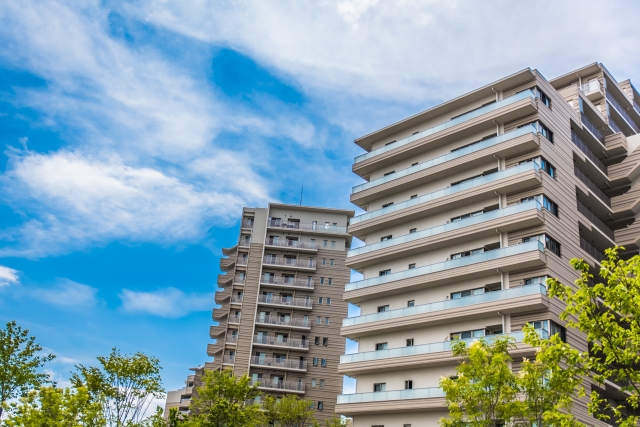
2. Consent (Konsento)
- What you think it means: Agreement (Consent)
- What it really means in Japan: An electrical outlet / socket
- What to say instead: When looking for a power source in a café, saying “Outlet” might not be understood. The surest way is to ask in Japanese, “Konsento, arimasu ka?”
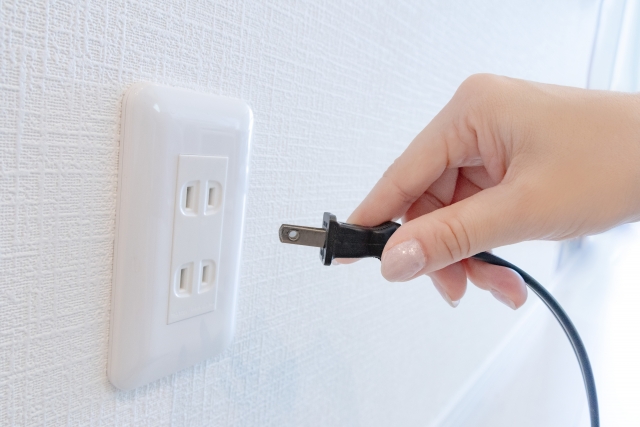
3. Viking (Baikingu)
- What you think it means: A pirate from Scandinavia (Viking)
- What it really means in Japan: A buffet / all-you-can-eat
- What to say instead: The Japanese pronunciation of “Buffet” is “byuffe” (ビュッフェ), which will be more accurately understood.
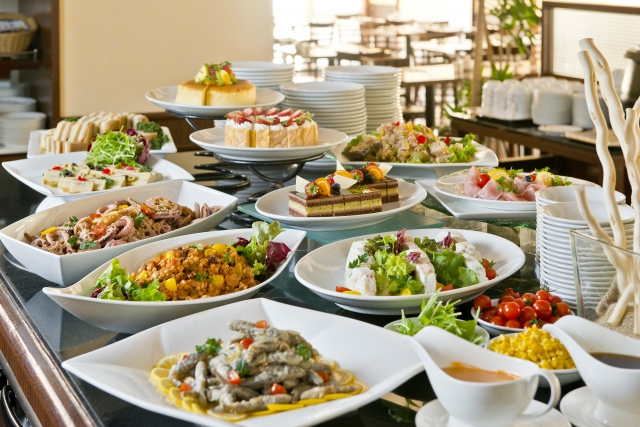
4. Claim (Kurēmu)
- What you think it means: To assert a right (to Claim)
- What it really means in Japan: A complaint
- What to say instead: When requesting your luggage at the airport, use it as a verb, like “Claim my baggage.”
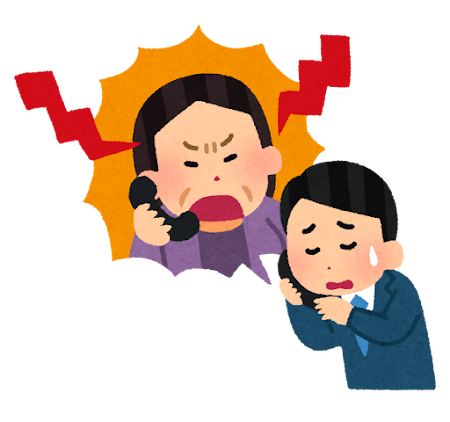
5. Front (Furonto)
- What you think it means: The forward part (Front)
- What it really means in Japan: A hotel’s reception desk
- What to say instead: Saying “Reception” will be understood at any hotel.

6. Salaryman (Sararīman)
- What you think it means: A man who earns a salary (Salaried man – an uncommon phrase)
- What it really means in Japan: An office worker / company employee
- What to say instead: When describing a profession, “Office worker” is the closest equivalent.
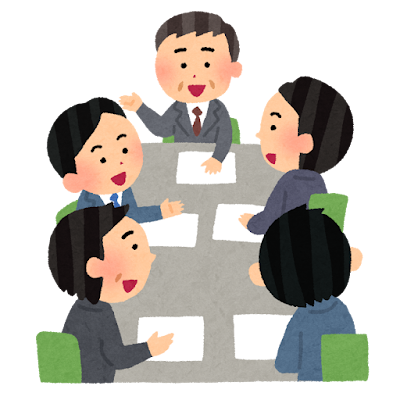
7. Trump (Toranpu)
- What you think it means: A winning card, a president (Triumph / Trump)
- What it really means in Japan: Playing cards
- What to say instead: If you want to play a card game, say “Playing cards.”
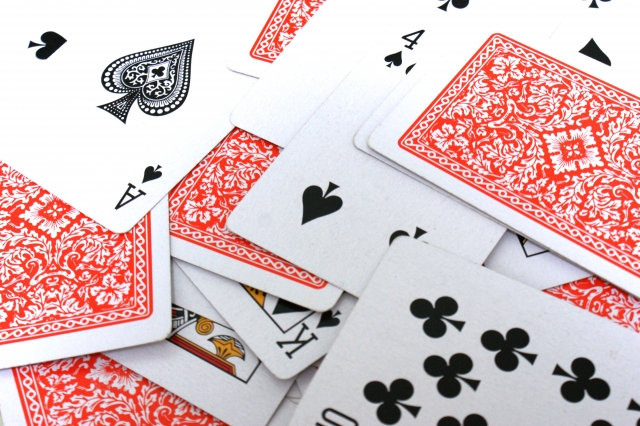
8. Handle (Handoru)
- What you think it means: A door handle
- What it really means in Japan: A car’s steering wheel
- What to say instead: The part of a door you use to open it is generally called a “doa nobu” (ドアノブ).
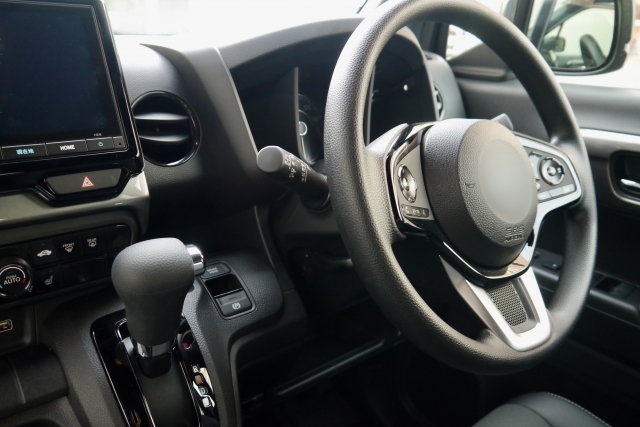
9. Seal (Shīru)
- What you think it means: An animal, something that seals an envelope (Seal)
- What it really means in Japan: A sticker
- What to say instead: Saying “Sticker” will be more accurately understood.

10. Nōto Pasokon
- What you think it means: A notebook PC?
- What it really means in Japan: A laptop computer
- What to say instead: While “Laptop” is understood, “nōto pasokon” is completely established as wasei-eigo.

The Pronunciation Barrier: Why “Makudonarudo” is McDonald’s
It’s not just the meaning of words that can be a barrier, but the pronunciation too. Japanese Katakana English often adds a vowel sound (a, i, u, e, o) after a consonant, which can make it sound like a completely different word to a native speaker.
Just knowing this can make reading signs on the street and saying the names of stores much, much easier!
- McDonald’s → Makudonarudo (Ma-ku-do-na-ru-do)
- Starbucks → Sutābakkusu (Su-tā-ba-kku-su) ※Often shortened to “Sutaba”
- 7-Eleven → Sebun-Irebun (Se-bu-n – i-re-bu-n)
- Disneyland → Dizunīrando (Di-zu-nī-ran-do)
Ken’s Final Advice: Mistakes are the Best Form of Communication
I’ve introduced a lot of examples, but I want to tell you the most important thing. And that is, “Please don’t be afraid to make mistakes.”
If you accidentally use a wasei-eigo word, no Japanese person will laugh at you. In fact, it might even spark a new conversation like, “Oh, is that how you say it in English? That’s interesting!” That’s what will become one of the best memories of your trip. So please, enjoy the linguistic adventure!

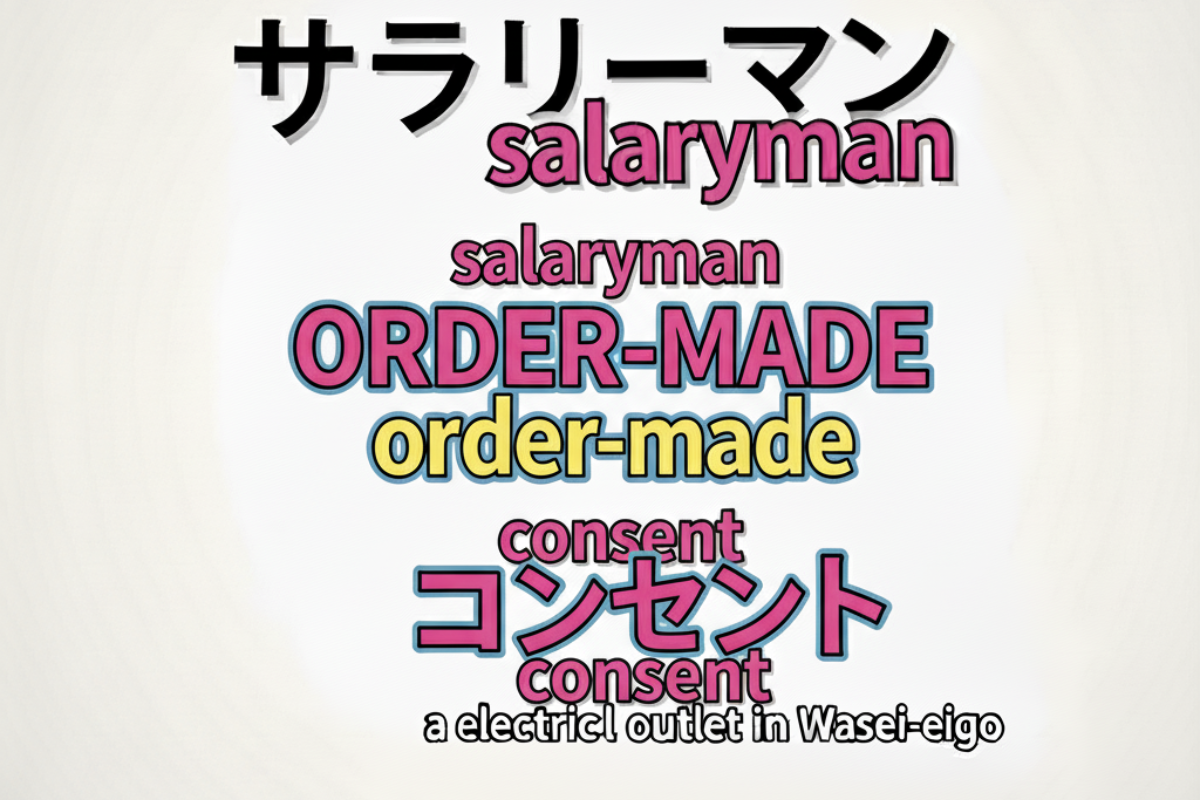


Comments